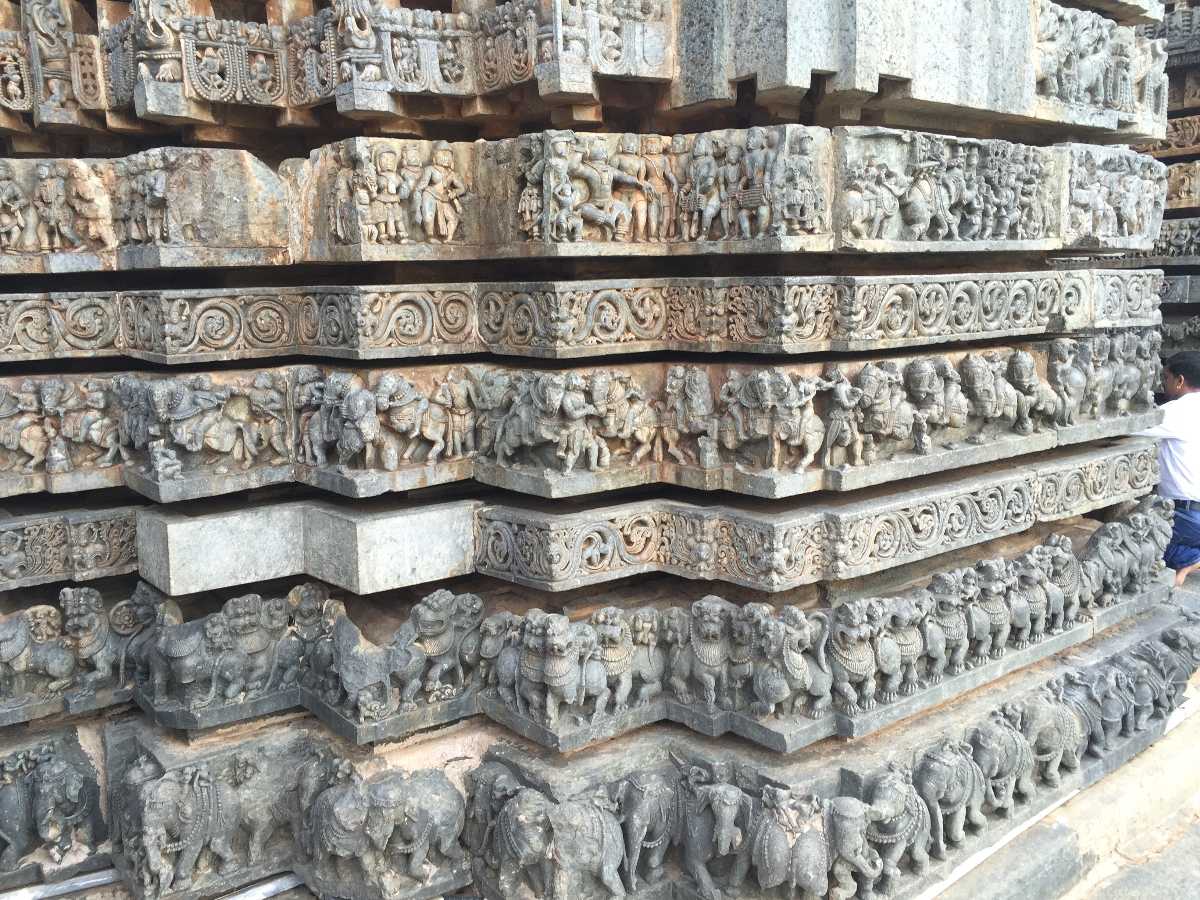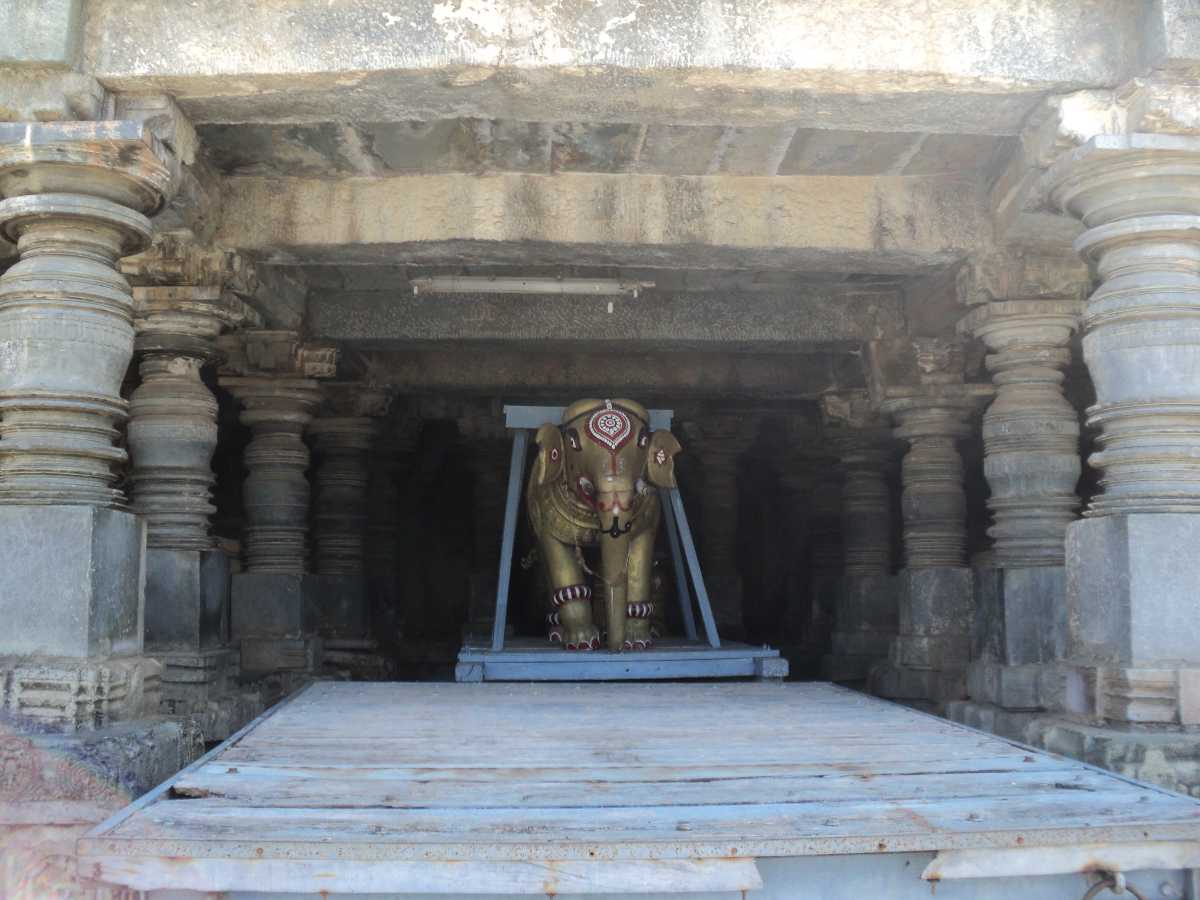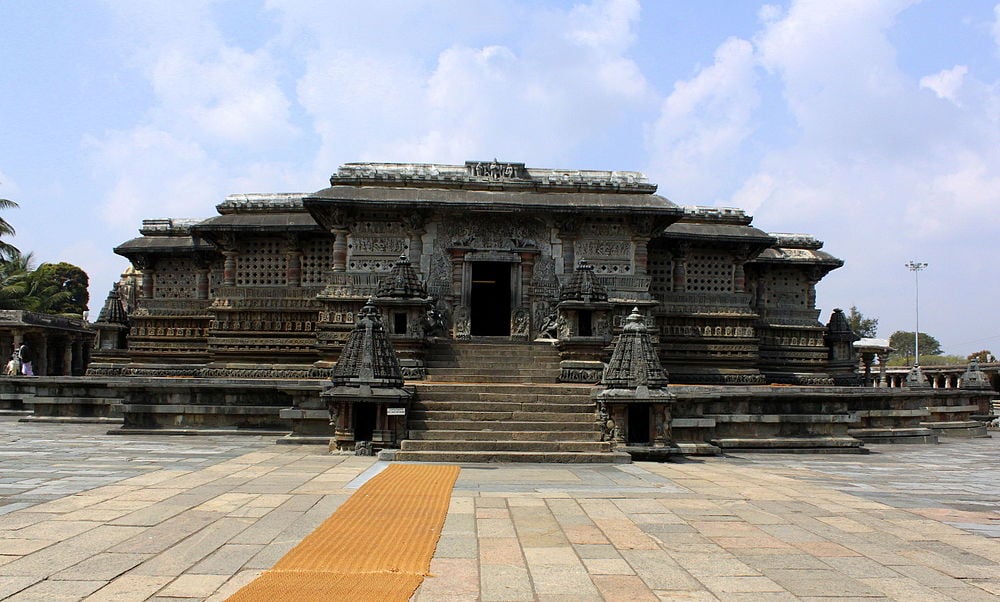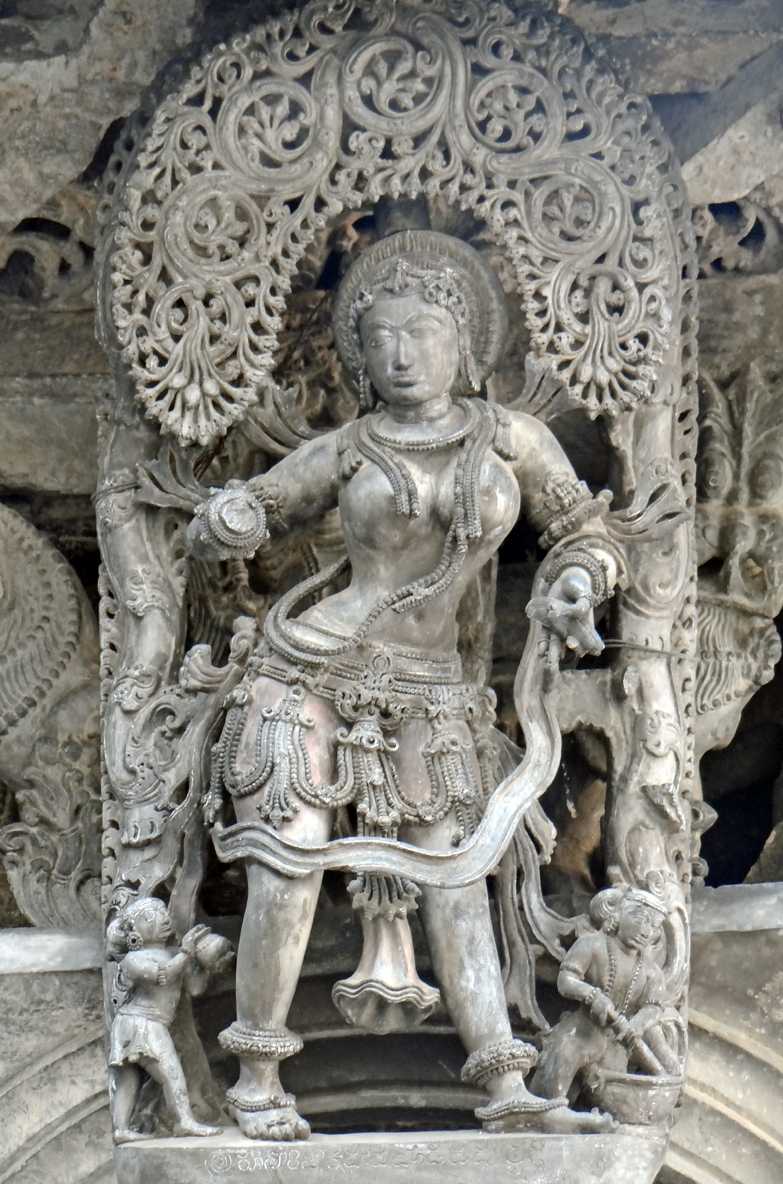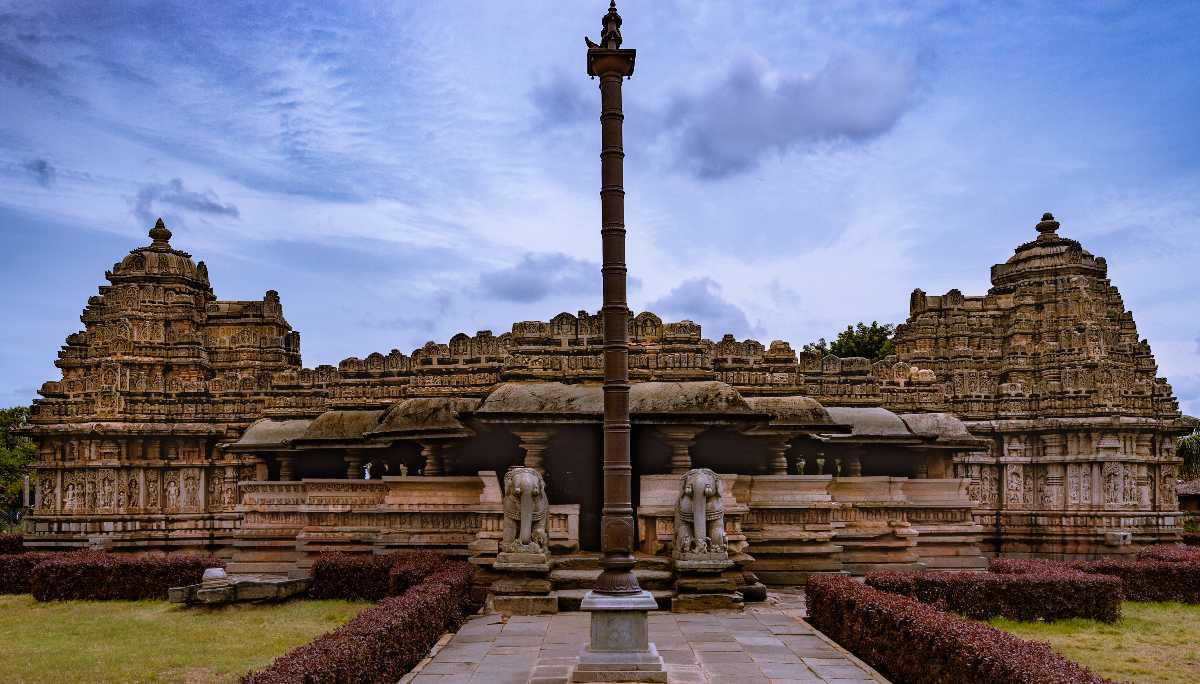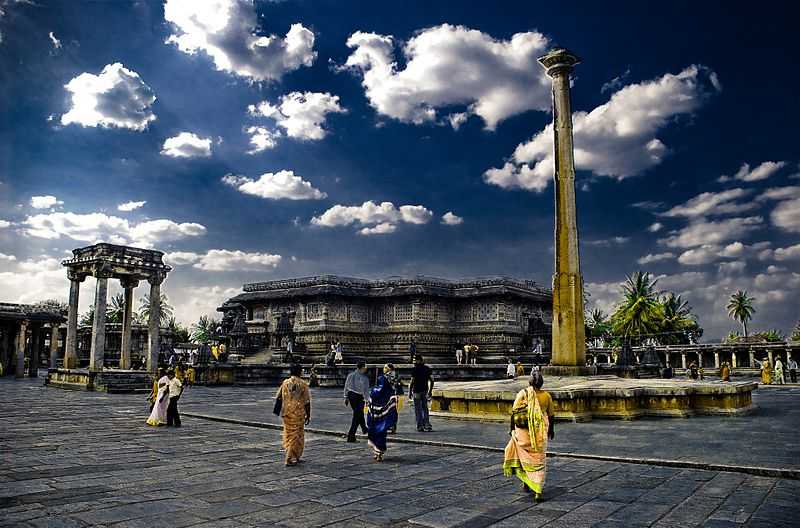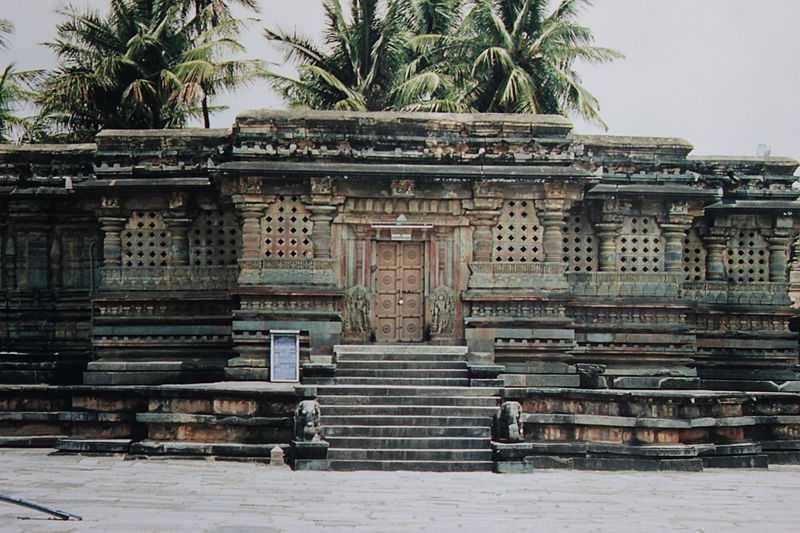Terms of Service - Travel Consumers
Holidify Terms and Conditions
IMPORTANT! PLEASE READ CAREFULLY.
The following terms and conditions ("Terms") apply to the use of Holidify.com ("Website")
including the Trip Request services offered on the Website (the "Services").
By accessing and using this Website, you agree to each of the terms and conditions ("Terms") set forth herein.
If you do not agree to these Terms, please do not use the Website or Services.
The terms "you" and "user" as used herein refer to all individuals and/or entities accessing the Website or using the Services for any reason.
Trip Request Service
If you submit your contact information and trip details through the Website (a "Trip Request"), Holidify will pass your Trip Request to up to three Travel Agents (as defined below); except that if one of the Travel Agents is unable to service your itinerary, Holidify may submit your Trip Request to additional Travel Agents until such time as you have been connected with three Travel Agents that may service your Trip Request.
This Trip Request may be called something like "Get Offers" or "Get Quotes" or similar terms on the website. All these terms and buttons do the same thing and will be referred to as "Trip Request".
By submitting your Trip Request, you authorize Holidify to pass your Trip Request to Travel Agents and you are expressly inviting Travel Agents to contact you by telephone or email according to the preferences submitted by you at the numbers and email addresses you have provided in the Trip Request. You hereby consent to any such calls even if your phone number is on any Do Not Call list. By submitting a Trip Request, you furthermore authorize Holidify to follow up with you with respect to a Trip Request submitted by you and to contact you regarding any future Holidify promotions or services.
There is no charge to you for submitting a Trip Request. Holidify is paid a fee by participating Travel Agents for passing on your Trip Request and by submitting a Trip Request you hereby agree to this.
For the purposes of these terms, a "Travel Agent" is any person or entity who acts as an agent or a supplier of, sells or offers for sale any travel, transportation or vacation related services or arrangements.
What Holidify Does Not Do
HOLIDIFY IS NOT A TRAVEL AGENT. Holidify does not endorse or recommend the products or services
of any particular Travel Agent. Your interactions with Travel Agents or persons or entities
arising out of any dealings from a Travel Agent, this Website or Services ("Other Parties"),
including engagement of services, payment and delivery of services, or any other terms, conditions,
warranties or representations associated with such dealings, are solely between you and such
Travel Agents or Other Parties. You should make whatever investigation you feel necessary or
appropriate before proceeding with any online or offline transaction with any Travel Agent or Other Party.
Holidify does not pre-screen Travel Agents. The Trip Request service relies on statements made by Travel Agents and user feedback and reviews to determine which Travel Agents to include in its database.
No Unlawful or Prohibited Use
As a condition of your use of the Website and Services, you agree that you will not use the Website
or Services for any purpose that is unlawful or that is prohibited by these Terms. You may not use
the Website or Services in any manner that could damage, disable, overburden, or impair the Website
or Services (or the network(s) connected to the Website or Services) or interfere with any other
party's use and enjoyment of the Website or Services. You may not attempt to gain unauthorized access
to the Website or Services, other accounts, computer systems or networks connected to the Website or
Services through hacking, password mining or any other means. You may not obtain or attempt to obtain
any materials or information through any means not intentionally made available through the Website or Services.
Limitations on Service
Holidify has the right to take any of the following actions in its sole discretion at any time and for any reason without giving you any prior notice:
- Restrict, suspend, or terminate your access to all or any part of the Website or Services
- Change, suspend, or discontinue all or any part of the Website or Services
- Refuse, move, or remove any material that you submit to the Website or Services for any reason
- Refuse, move, or remove any content that is available on the Website or Services
- Deactivate or delete your account(s) and all related information and files in your account
- Establish general practices and limits concerning use of the Website or Services.
- You agree that Holidify will not be liable to you or any third party for taking any of these actions.
Password
If you register with Holidify, Holidify will allow you to have an individual password selected by you, which will
allow Holidify to establish a user account and process your trip request(s). You are responsible for keeping your
password confidential and you are fully responsible for all activities that occur with the use of your password or
account. You agree that you will not share your password with anyone else and if you discover any unauthorized use
you will immediately inform Holidify of such use.
User Postings
From time to time you may post or otherwise make available certain postings including Travel Agent feedback,
reviews, ratings and testimonials (collectively, the "User Postings") on the Website or in response to
Holidify generated emails. You understand that the posting or otherwise making available of such User Postings
is the sole responsibility of the person or entity from whom such User Posting originated.
You agree that you are entirely responsible for each individual item of User Posting that you post
or otherwise make available via the Website and you shall not post or otherwise make available postings that are
(i) unlawful, harmful, deceptive, threatening, abusive, harassing, defamatory or invasive of another's privacy, or
(ii) harasses, degrades, intimidates or hateful toward an individual or group of individuals on the basis of religion, gender, sexual orientation, race, ethnicity, age, or disability.
You understand that Holidify does not control, and is not responsible for User Postings made available
through the Website, and that by using the Website or Services, you may be exposed to User Postings
that are defamatory, offensive, indecent, inaccurate, misleading, or otherwise objectionable.
You acknowledge that Holidify does not pre-screen or approve User Postings, but that Holidify
shall have the right in its sole discretion to refuse, delete or move any User Postings that are
available via the Website or Holidify generated emails, for violating the letter or spirit of these Terms or for any other reason.
You agree that you must evaluate, and bear all risks associated with the use of any User Postings,
that you may not rely on said User Postings, and that under no circumstances will Holidify be liable
in any way for any User Postings or for any loss or damage of any kind incurred as a result of the use
of any User Postings posted or otherwise made available via the Website or Holidify generated emails.
Protecting Other People's Rights
We respect other people's rights, and expect you to do the same.
- You will not post content or take any action on Holidify that infringes or violates someone else's intellectual property rights or otherwise violates the law
- We can remove any content or information you post on Holidify if we believe that it violates our Terms of Service
- If you repeatedly infringe other people's intellectual property rights, we will disable your account when appropriate
- If you notice any intellectual property infringement on Holidify, please bring it to our attention by writing to us at [email protected]
Links
Holidify grants you a non-exclusive, non-transferable, limited and revocable license to access the Website and,
if you register, the Services for the purpose of making legitimate connections with Travel Agents and for no other purpose.
Holidify reserves and retains all rights, including without limitation all intellectual property rights,
in the Website and Services not expressly granted in the aforesaid paragraph.
All content that is made available in connection with the Website and Services is protected under
copyright laws and international conventions and is owned by Holidify; provided that Holidify does not
claim ownership of User Feedback that its users post.
Any reproduction, modification, creation of derivative works from or redistribution of any portion
of the Website or Services to any other server or location for further reproduction or redistribution
is prohibited without the express written consent of Holidify. You may not decompile or disassemble,
reverse engineer or otherwise attempt to discover any source code contained in the Website or Services.
Without limiting the foregoing, you agree not to reproduce, duplicate, copy, sell, resell or exploit for
any commercial purposes, any aspect of the Website or Services.
You grant, and you represent and warrant that you have the right to grant, to
Holidify an irrevocable, perpetual, non-exclusive, fully paid, worldwide license to use, copy, perform,
display, and distribute your User Feedback and to prepare derivative works of, or incorporate into
other works, your User Feedback, and to grant and authorize sublicenses (through multiple tiers) of the foregoing.
All trademarks, logos, and service marks (collectively the "Marks") used in the Website and Services
are the property of Holidify or their respective owners. Your access to the Website and Services
should not be construed as the granting, by implication or otherwise, any license or right to use any
marks or any other proprietary rights without the prior written consent of Holidify or the third party
owner thereof, as shall be relevant.
Intellectual Property Rights
The Website and Services may contain images of and/or links to third-party websites,
whether in the form of advertising or otherwise ("Linked Websites"). The Linked Websites are not
under the control of Holidify, and Holidify is not responsible for the contents of any Linked Website.
Holidify is providing these links to you only as a convenience, and the inclusion of any link
does not imply endorsement by Holidify of the site or any association with its operators.
Disclaimer of Warranties
Holidify is not responsible for any interactions between you and any travel agents or any other parties
arising out of your use of this Website or Services.
The information, user postings, and services included in or available through the Website or
Holidify-generated emails may include inaccuracies or typographical errors.
Holidify makes no representations or warranties about the results that may be obtained by using the
Services or the suitability, reliability, availability, timeliness, lack of viruses or other harmful
components, and accuracy of the information, user postings, services, and related graphics contained
within the Website for any purpose. All such information, user postings, services, and related graphics
are provided "as is" without warranty of any kind. Holidify hereby disclaims all warranties and conditions
with regard to this information, user postings, services, and related graphics, including all implied
warranties and conditions of merchantability, fitness for a particular purpose, workmanlike effort, title, and non-infringement.
Notwithstanding anything contained herein, Holidify accepts no liability if it is unable to perform a
service as a result of (i) a technical problem which is not in its control or for which it is not
responsible, or (ii) the non or partial performance of another party upon which it is dependent to perform a service.
Limitation of Liability
IMPORTANT! PLEASE READ CAREFULLY.
The following terms and conditions ("Terms") apply to the use of Holidify.com ("Website")
including the Trip Request services offered on the Website (the "Services").
By accessing and using this Website, you agree to each of the terms and conditions ("Terms") set forth herein.
If you do not agree to these Terms, please do not use the Website or Services.
The terms "you" and "user" as used herein refer to all individuals and/or entities accessing the Website or using the Services for any reason.
Indemnification
In no event shall Holidify be liable for any direct, indirect, punitive, incidental, special,
consequential damages or any damages whatsoever including, without limitation, damages for loss of use,
data, or profits, arising out of or in any way related with the use of the Website, trip request, or Services
(including, without limitation, services provided by travel agents or other parties), with the delay
or inability to use the Website or Services, the provision of or failure to provide services,
or for any information, user content, service, and related graphics obtained through the Website,
or otherwise arising out of the use of the Website, whether based on contract, tort, negligence,
strict liability, or otherwise. If you are dissatisfied with any portion of the Website or Services,
or with any of these terms, your sole and exclusive remedy is to discontinue using the Website and Services.
If there is a dispute between you and any travel agent or other party arising out of or related
to the trip request and/or the Services, you understand and agree that Holidify is under no obligation
to become involved. In the event that you have such a dispute, you hereby release Holidify, its officers,
employees, agents, successors, and assigns from claims, demands, and damages (actual and consequential)
of every kind or nature, known or unknown, suspected and unsuspected, disclosed and undisclosed,
arising out of or in any way related to such disputes.
Violation of the Terms
Please report any violations of these Terms of which you become aware by flagging the posting(s) for review,
or by emailing to [email protected]. Holidify's failure to act with respect to a breach by you or
others does not waive its right to act with respect to subsequent or similar breaches.
Privacy Protection
Holidify's collection and use of information about you is subject to our Privacy Policy.
Changes to the Website
You acknowledge that Holidify retains the right to add, delete, modify, discontinue, or to make any
change whatsoever in the Website and Services, or any aspect or feature thereof, as Holidify in its
sole discretion deems appropriate.
Modification of Terms of Use
Holidify reserves the right to change these Terms at any time. Updated versions of the Terms will
appear on this Website or Services and shall be effective immediately. You are responsible for
regularly reviewing these Terms. Continued use of the Website or Services after any such change
constitutes your consent to such changes.
General
You agree that no joint venture, partnership, employment, or agency relationship exists between you
and Holidify as a result of these Terms or use of the Website or Services. If any part of these
Terms is determined to be invalid or unenforceable pursuant to applicable law including, but not limited to,
the warranty disclaimers and liability limitations set forth above, then the invalid or unenforceable
provision will be deemed superseded by a valid, enforceable provision that most closely matches
the intent of the original provision and the remainder of the Terms shall continue in effect.
By choosing to give your number to use our services, you give the consent to receive SMS from Holidify.
These Terms constitute the entire agreement between you and Holidify with respect to the subject matter
hereof and it supersedes all prior or contemporaneous communications and proposals between you and Holidify.
